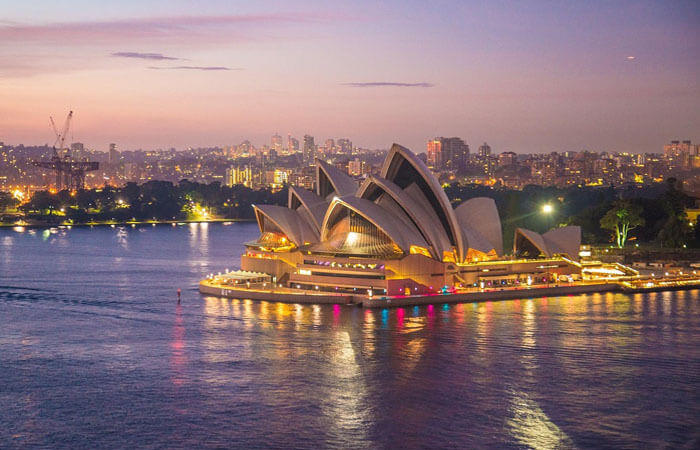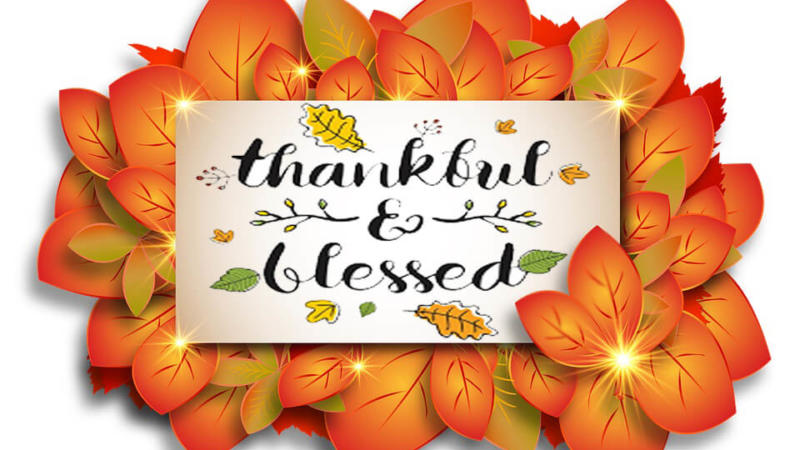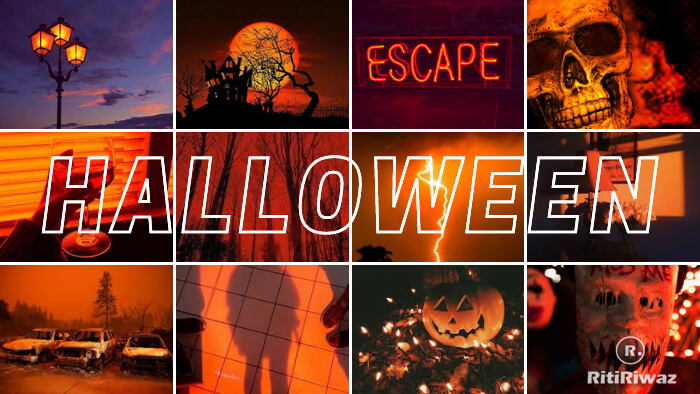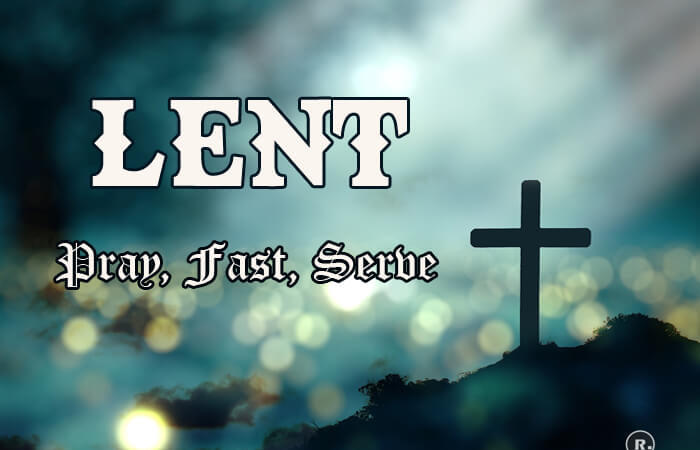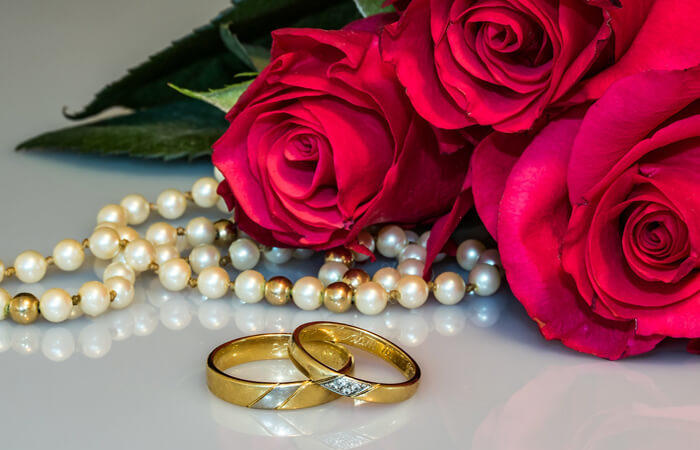Midsummer Day
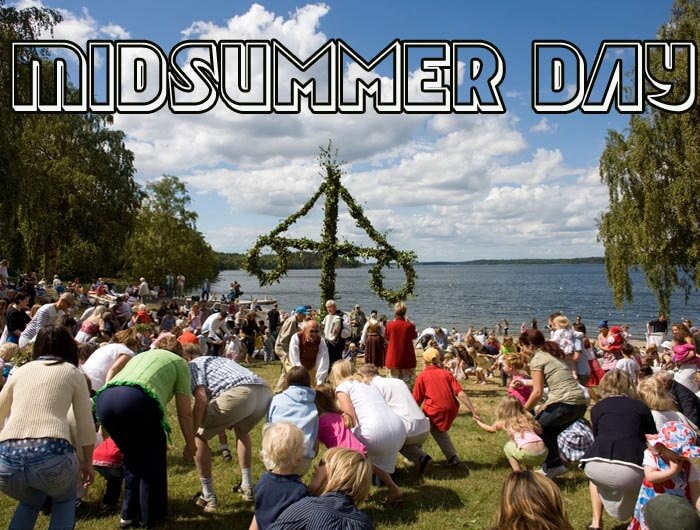
Midsummer Day is traditionally on June 24 and Midsummer Eve is on June 23 the day marks the longest day of the year. The day is near to Summer Solstice and is the time in the middle of summer.
There is always some confusion between the Summer Solstice and Midsummer Day. The Solstice falls on 21st June and is the true longest day. Midsummer revels have always taken place however on the 24th of June.
Solstice means standstill, so this will be the 3 days when the sun appears to rise at the same point on the horizon each day. After the midsummer standstill, from 21st to 24th June, the sun’s arc gets lower and lower in the sky every day until midwinter. This means there’s less and less light each day until we 25th of December.
Summer is regarded as a time for rejoicing as it is when nature comes to life and brings lots of sunshine to Northern people. The term Midsummer’s Day in modern times generally refers to numerous celebrations held over the solstice period, between the 19th – 24th of June.
History
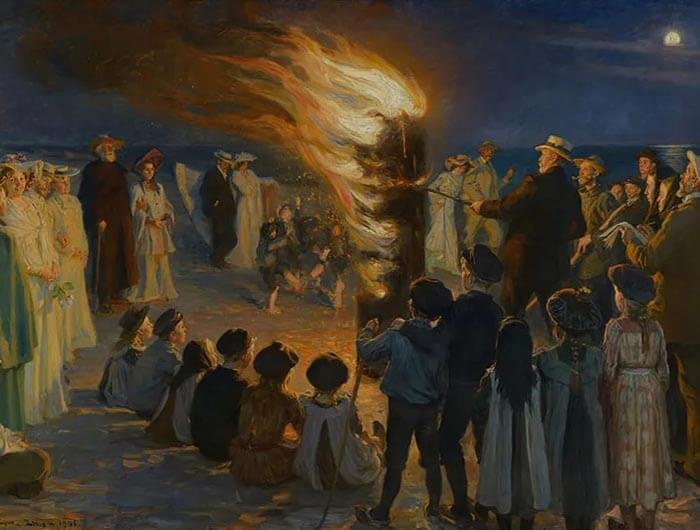
Every ancient religion had its customs and traditions associated with Midsummer. These appear in the lore of Greece and Rome, the myths of the Norse, the Maya, the Aztecs, the Slavs, and the Celts, the writings of the ancient Egyptians, and the Old Testament of the Jews. Examples of these festivities can still be witnessed today. In places, we may still see the fire festivals, the torchlight processions, the rolling of a sun wheel downhill, the casting of spells, divination, love magic, and the blessing of crops and animals with fire.
The festival is primarily a Celtic fire festival, representing the middle of summer, and the shortening of the days on their gradual march to winter. Midsummer is traditionally celebrated on either the 23rd or 24th of June, although the longest day falls on the 21st of June. The importance of the day to our ancestors can be traced back many thousands of years, and many stone circles and other ancient monuments are aligned to the sunrise on Midsummer’s Day. Probably the most famous alignment is that at Stonehenge, where the sun rises over the heel stone, framed by the giant trilithons on Midsummer morning.
Although the Summer Solstice occurs on varying dates each year, usually between the 20 and 22 of June, the official date of Midsummer is designated as 24 June in the United Kingdom. As with many days of cultural significance such as Christmas, tradition held that celebrations began at sunset of the night before, making Midsummer Eve the beginning of the Midsummer festivities in ancient and medieval Britain.
After Christianity became adopted in Britain, the festival became known as St John’s day and was still celebrated as an important day in the church calendar; the birthday of St John the Baptist. Traditionally St John’s Eve (like the eve of many festivals) was seen as a time when the veil between this world and the next was thin, and when powerful forces were abroad. Vigils were often held during the night and it was said that if you spent a night at a sacred site during Midsummer Eve, you would gain the powers of a bard, on the downside, you could also end up utterly mad, dead, or be spirited away by the fairies.
On the day of Midsummer Eve great pyres would be built, and then lit as the sunset. These fires would be seen for miles, and so across the horizon, it was common to see fires all around. The fires were tended and kept burning until sunrise to light the way home for the souls of the living which were wandering that night, and also ward off evil spirits and appease the fairy folk and other supernatural entities. In some areas, three fires were lit together: the bonfire which was made of bones, the wakefyre which was wood, and Saint John’s Fire which was a pyre of both wood and bones.
Midsummer is especially important in the cultures of Scandinavia and the Baltics. In Sweden, the Midsummer is such an important festivity that there have been serious discussions to make the Midsummer’s Eve into the National Day of Sweden, instead of June 6. It may also be referred to as St. Hans Day. This is a time to celebrate growth and life but for Pagans, who see balance in the world and are deeply aware of the ongoing shifting of the seasons, it is also time to acknowledge that the sun will now begin to decline once more towards winter.
Midsummer Eve
Although the holiday is officially set on June 24, the celebration starts a day earlier with an event that is known as Midsummer’s Eve. On Midsummer Eve or the evening of the longest day bonfires were always lit as part of the celebrations. Remember though that in June it is not dark until later in the evening. Barbecues and Bonfires always sit well together on this day.
People make flower garlands, eat potatoes and chives, and drink vodka snaps known as nubbe. Perhaps the most popular symbol of Midsummer, however, is the maypole. The maypole is a tall pole covered in greenery and flowers. During Midsummer, people gather around the pole to sing and dance — a custom that is believed to be related to fertility rites.
How the festival is celebrated
Though there are differences in the way different countries celebrate, most include bonfires, which are lit in a communal area so everyone in the community can get together to celebrate. In many countries, some unique traditions and superstitions go along with bonfire lighting.
The festival has always been a time of feasting, dancing, and celebration. In England, thousands of Pagans and non-Pagans go to places of ancient religious sites such as Stonehenge and Avebury to see the sun rising on the first morning of summer. A lot of the foods and drinks eaten at this time involved honey – to sustain them during their ‘honeymoon’ nights! People tend to spend the day with friends, barbecuing in their gardens or picnicking in the forest.
Suggested Read: Super Food to beat the heat and stay cool

